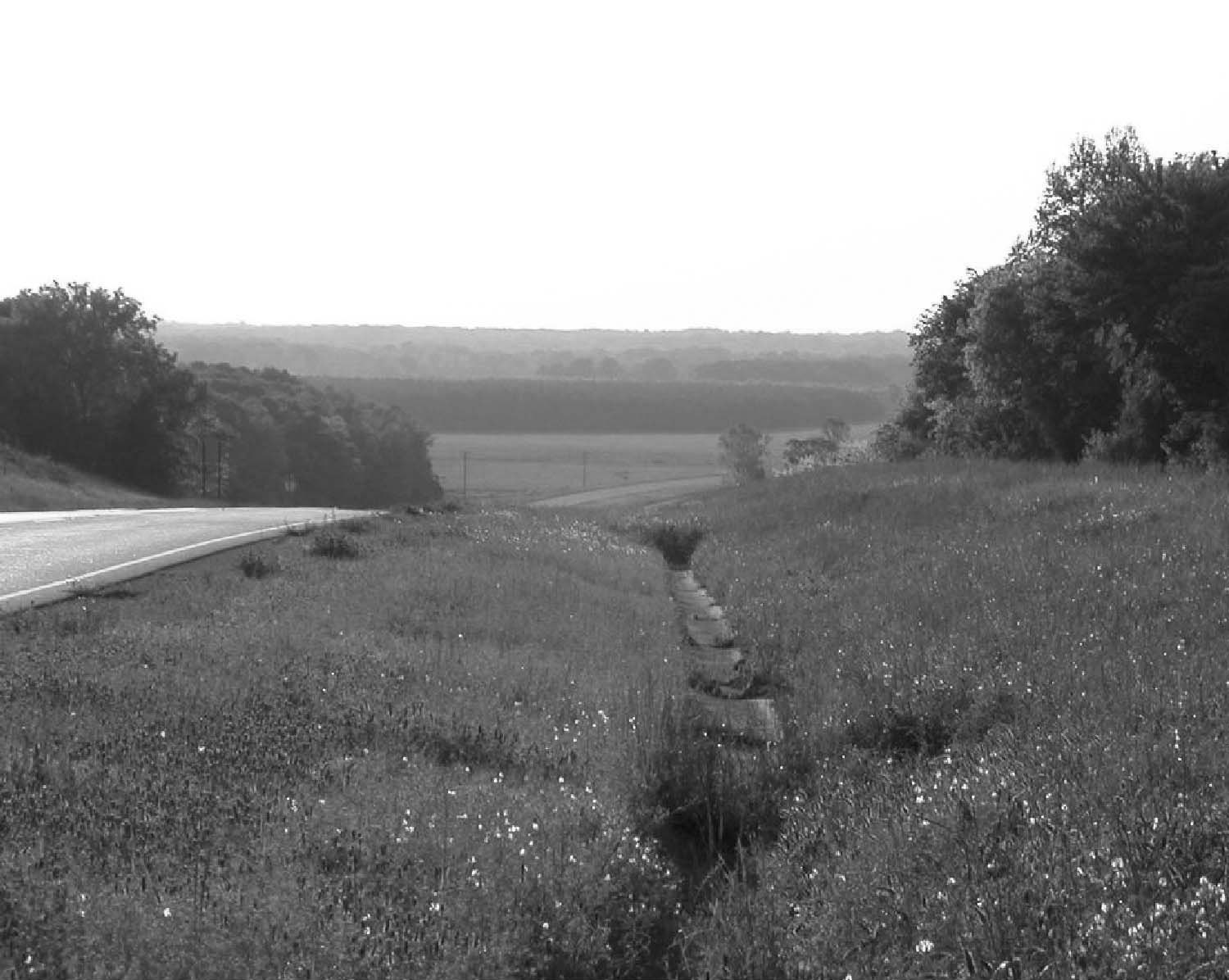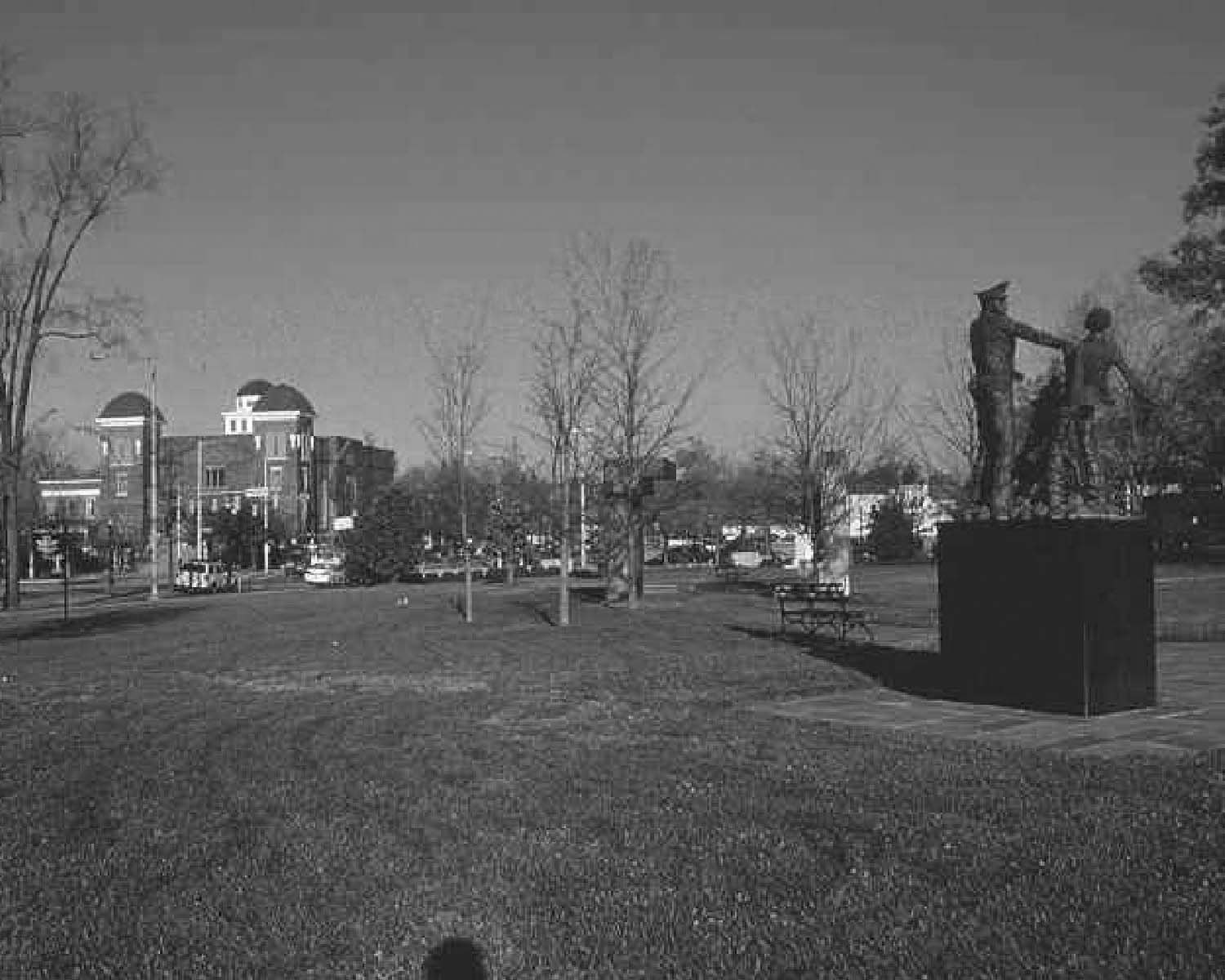Research Report
Civil Rights Resources in Alabama
by Christy Anderson, Dorothy Walker, and Trina Binkley
June 11, 2003, marked the 40th anniversary of George Wallace's "Stand in the Schoolhouse Door" in front of Foster Auditorium at the University of Alabama. September 16, 2003, marked the 40th anniversary of the 16th Street Baptist Church bombing in Birmingham. (Figure 1) December 5, 2005, will mark the 50th anniversary of Rosa Parks's conviction that launched the Montgomery Bus Boycott. All of these events transformed Alabama places into civil rights landmarks.
While these events captured national and international media attention, they were highlights in an ongoing stream of civil rights activity that took place in rural and urban communities throughout the State. Alabama is only now coming to understand the vast array of resources associated with the Civil Rights Movement. This everyday activity in both public and private venues that led to and followed these pivotal events remains largely unknown. Identifying places that served as the foundation for the movement poses a challenge to local organizations; the Alabama Historical Commission; and other local, State, and Federal agencies to identify, interpret, and preserve these resources.
Civil rights activities took place in both urban and rural settings in Alabama, and the momentum and successes of the movement relied on daily grassroots efforts. Birmingham provides an essential and familiar backdrop for studying the movement in an urban setting. A recent study funded by the Birmingham Historical Society and the Alabama Historical Commission identified the larger contexts of places associated with the movement, looking beyond the obvious sites.
Activism in the years and months leading up to the spring of 1963 and into the next decade of integration was nurtured in lesser-known locations in Birmingham. These lesser-known locations were centers of strategy, conflict, or resolution of both civil rights efforts and white resistance. These sites are addressed in a multiple property submission, prepared by Carroll Van West of Middle Tennessee State University to provide the foundation for listing resources in the National Register of Historic Places and amending existing National Register nominations to add their civil rights associations. The multiple property submission was approved by the State review board and has beem forwarded to the Keeper of the National Register for final review.
But beyond the cities, the movement's rural context remains largely uncharted territory. The recently designated Selma to Montgomery National Historic Trail passes through 43 miles of rural Lowndes County. (Figure 2) The march served as a vehicle for bringing the movement to the county, fostering voter registration drives, protests, and organizational meetings. In this county—where in 1965 African Americans comprised 80 percent of the population, 90 percent of the land fell under white ownership, and 90 percent of the farms were operated by tenant farmers 90 percent of whom were black—the fight for civil rights was different from that in urban areas. The locus of this largely grassroots effort was in rural churches and private homes. Because of the isolated nature of the county, there was less media coverage, fewer large-scale confrontations, less overt activity, and a greater threat to personal safety. The potential loss of one's home, livelihood, and life was real and immediate. Civil rights efforts took place in rural communities throughout the State, but finding comprehensive documentation of these often hidden activities will prove challenging.
 |
Figure 2. The Selma to Montgomery National Historic Trail follows 43 miles of U.S. Highway 80 through rural Lowndes County. (Courtesy of Dorothy Walker, Alabama Historical Commission.) |
Alabama Historical Commission staff is working with municipal and county governments and local organizations in Lowndes County to develop long-range strategies and maintenance plans for preserving rural resources associated with the civil rights movement. The Lowndes County Friends of the Trail has been instrumental in collecting oral histories, nominating properties to the Alabama Register of Landmarks and Heritage; and increasing awareness within the community. The Alabama Historical Commission, the Alabama Department of Transportation, and the Federal Highway Administration have entered into a memorandum of agreement that treats the Selma to Montgomery Voting Rights March route as a single National Register-eligible historic resource as part of the agreement. The Department of Transportation will purchase additional rights-of-way along 9 miles of Lowndes County highway as part of the interpretive program. In Greensboro, the African-American community and the Black Heritage Council are gathering information from the Alabama Department of Public Safety to identify civil rights history-related resources. The Tuskegee Human and Civil Rights Multicultural Center has developed tour brochures that include civil rights history.
A substantial portion of civil rights history in Alabama has not been evaluated yet. In addition to understanding the urban and rural contexts of the movement, issues of integrity for National Register purposes and interpretation increasingly will come into play. How is a 54-mile linear resource evaluated? How are rapidly deteriorating resources evaluated? How can resources that are not eligible for National Register listing be recognized?
One of our greatest assets is the group of individuals who experienced the civil rights movement first-hand. The Birmingham Civil Rights Institute, dedicated in 1992 to promote education and discussion of human rights issues, collects oral histories. Throughout the State, individuals have formed local interest groups that help to identify previously unknown or overlooked civil rights resources. Through those combined efforts, we hope to gather more information than one office or group could gather alone.
In the next several years, an estimated 20 National Register nominations will be completed for civil rights-associated churches in Birmingham under a multiple property nomination based on material prepared by Carroll Van West. National Historic Landmark nominations for Bethel Baptist Church in Birmingham prepared by the National Park Service's Southeast Regional Office and Foster Auditorium in Tuscaloosa, prepared by Gene Ford, Office of Archaeological Research in Moundville, Alabama, will be reviewed. Identification and evaluation of other related resources statewide are only in the very early stages.
This documentation will assist not only with the preservation of civil rights history-related resources, but also will contribute to expanded interpretation of related properties. Interpretation of the Selma to Montgomery Trail by the National Park Service and the Montgomery Greyhound Bus Station museum by the Alabama Historical Commission will be well underway over the next few years. At present, it is unclear how Alabama's historical agencies will address all of these resources, but all embrace the opportunity to research and develop the full story of Alabama's civil rights legacy.
About the Authors
Christy Anderson can be contacted at the Alabama Historical Commission, 468 South Perry Street, Montgomery, AL 36130-0900, Telephone (334) 230-2691, E-mail Canderson@preserveala.org.

